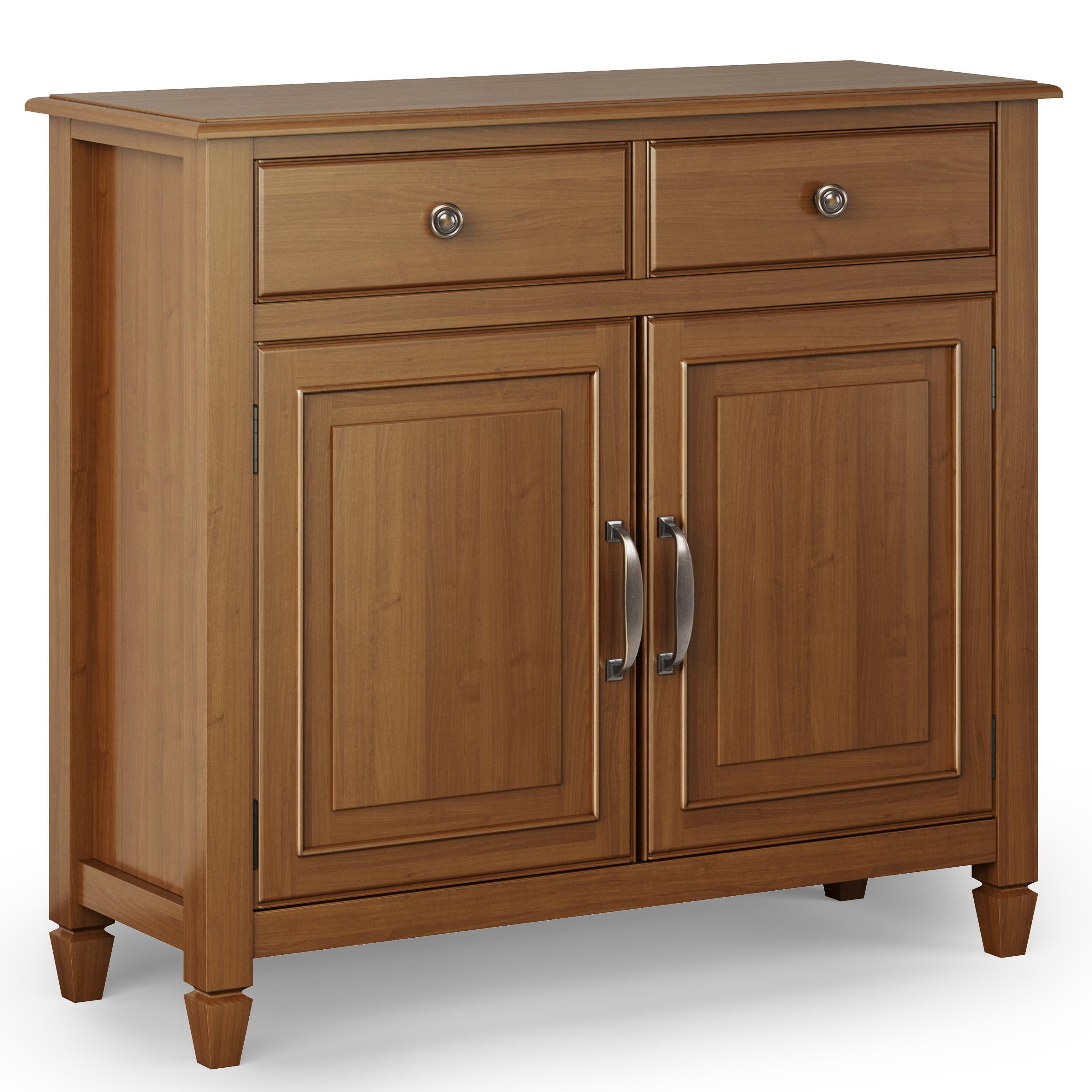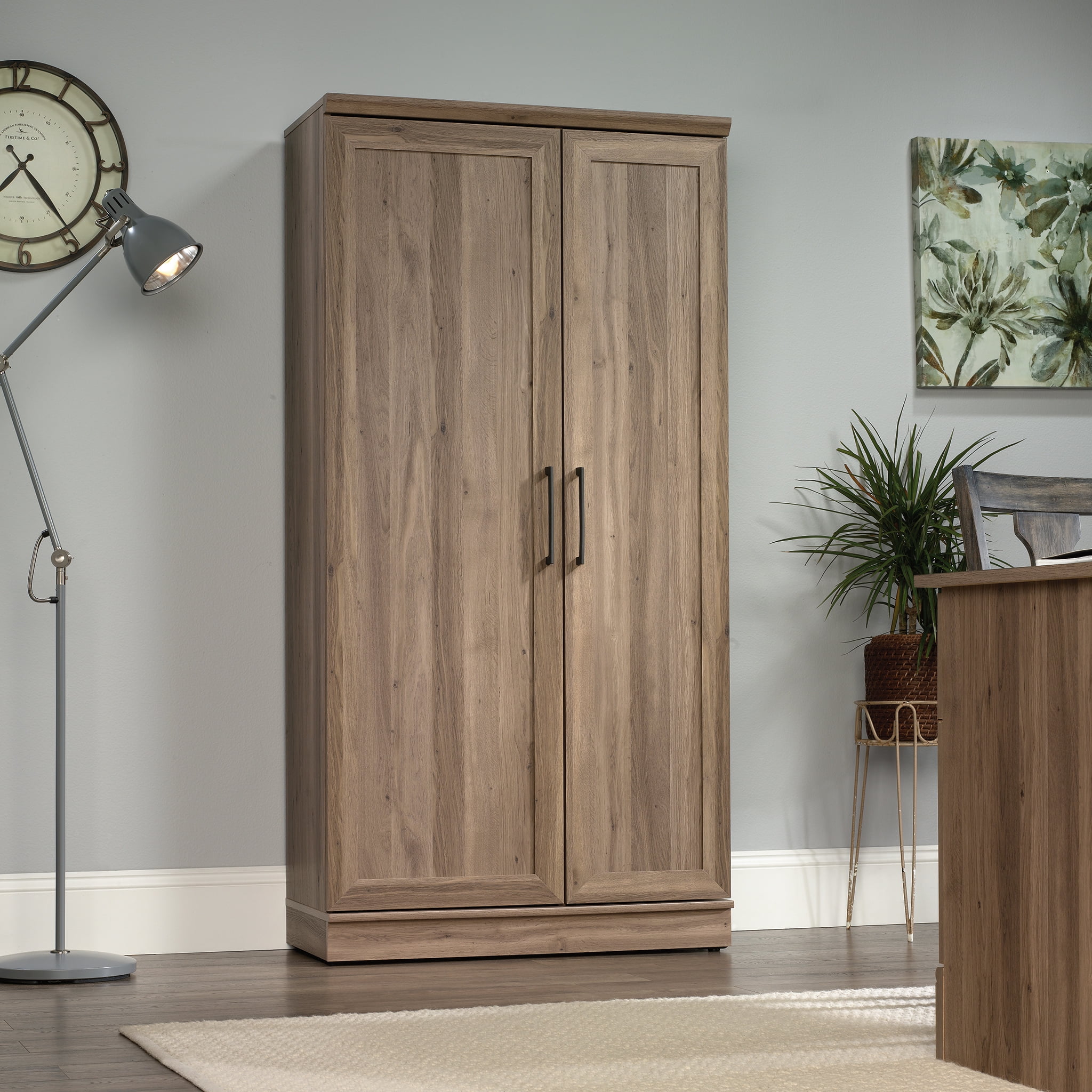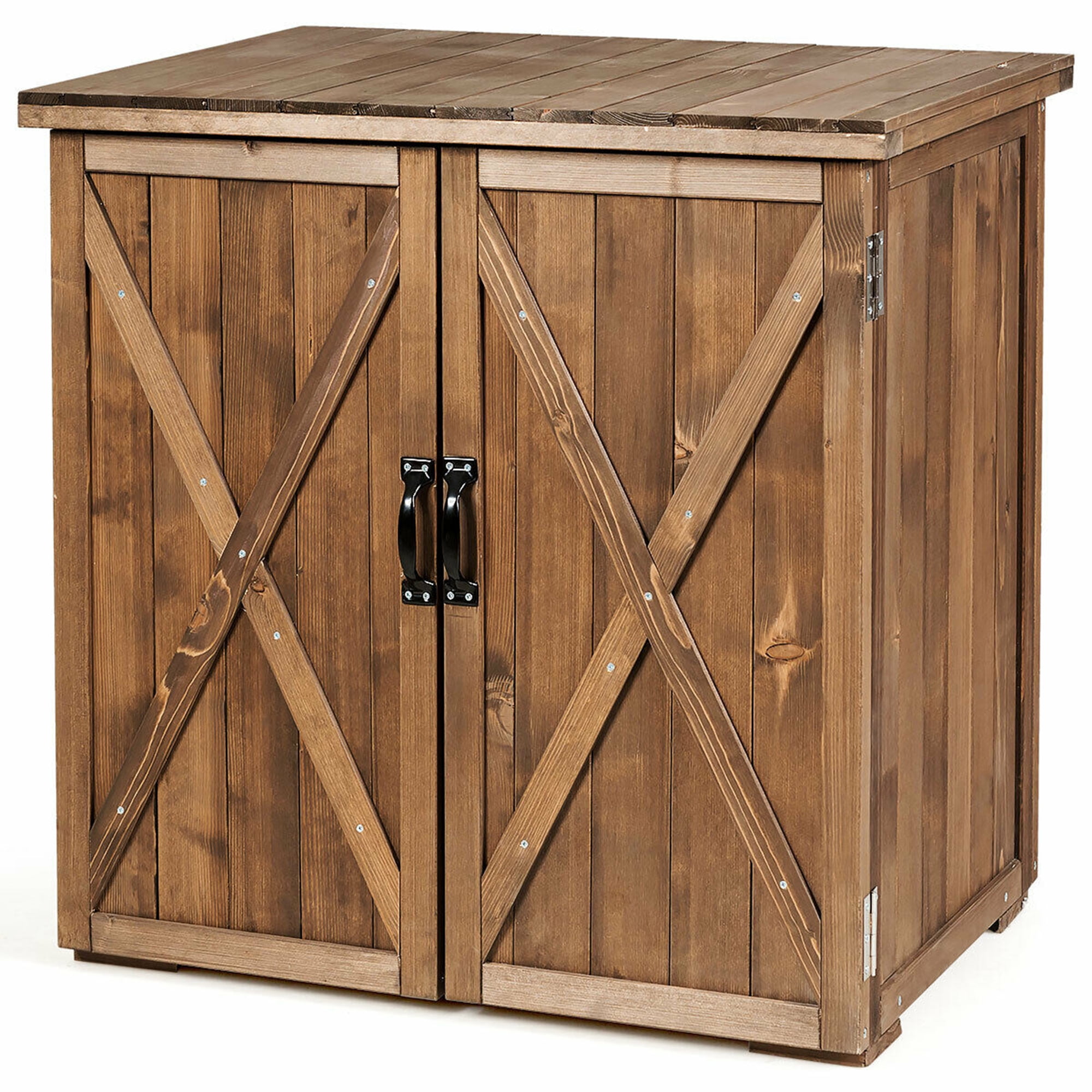The Art of Carved Wood Storage Cabinets

Carved wood storage cabinets have a rich history and cultural significance, reflecting the artistry and craftsmanship of different regions and civilizations. These intricate pieces not only serve a practical purpose but also act as works of art, showcasing the skill and imagination of the carvers.
History and Cultural Significance, Carved wood storage cabinet
Carved wood storage cabinets have been an integral part of human civilization for centuries, serving as a testament to the artistry and craftsmanship of various cultures. In ancient Egypt, ornate cabinets were used to store precious belongings and were often adorned with intricate hieroglyphics and symbolic motifs. These cabinets were not only functional but also served as a form of religious expression, reflecting the beliefs and values of the time.
In the Middle Ages, carved wood storage cabinets were prevalent in Europe, where they were used to store clothing, valuables, and other household items. These cabinets were often decorated with elaborate carvings depicting religious scenes, mythical creatures, and heraldic symbols. The carvings were often imbued with symbolic meaning, representing the values and beliefs of the era.
In Asia, carved wood storage cabinets have a long and distinguished history, with intricate designs and motifs that reflect the cultural heritage of each region. In China, cabinets were often adorned with dragons, phoenixes, and other mythical creatures, symbolizing good fortune and prosperity. In Japan, cabinets were often carved with delicate floral patterns and landscapes, reflecting the country’s appreciation for nature.
Traditional Techniques and Tools
Carving wood for cabinets is a meticulous and time-consuming process that requires skill, patience, and an understanding of the properties of wood. Traditional techniques and tools have been passed down through generations of artisans, ensuring the preservation of this ancient craft.
The first step in carving a wood storage cabinet is to select the appropriate wood. Hardwoods such as oak, maple, and cherry are commonly used for their durability and strength. The wood is then carefully measured and cut to the desired dimensions.
Once the wood is prepared, the carver begins to create the design. This can be done using a variety of tools, including chisels, gouges, and knives. The carver must have a steady hand and a keen eye for detail to ensure that the carvings are precise and intricate.
The carvings are often created in relief, meaning that they are raised from the surface of the wood. This technique allows for the creation of complex designs and patterns.
Intricate Designs and Motifs
Carved wood storage cabinets are often adorned with intricate designs and motifs that reflect the cultural heritage and artistic traditions of the region where they were created.
- Geometric patterns: Geometric patterns, such as squares, triangles, and circles, are commonly found in carved wood cabinets from around the world. These patterns are often used to create a sense of order and balance in the design.
- Floral motifs: Floral motifs, such as roses, lilies, and sunflowers, are often used to add a touch of beauty and elegance to carved wood cabinets. These motifs are often symbolic of nature, growth, and renewal.
- Animal motifs: Animal motifs, such as lions, eagles, and dragons, are often used to represent power, strength, and protection. These motifs are often found in carved wood cabinets from cultures that revere animals.
- Mythological creatures: Mythological creatures, such as griffins, centaurs, and mermaids, are often used to add a touch of fantasy and wonder to carved wood cabinets. These creatures often represent specific qualities or beliefs.
- Religious symbols: Religious symbols, such as crosses, stars, and crescent moons, are often used to represent faith and spirituality. These symbols are often found in carved wood cabinets from cultures that are deeply religious.
Symbolism and Meaning
The carvings on wood storage cabinets are often imbued with symbolic meaning, reflecting the values, beliefs, and cultural traditions of the people who created them.
- Good luck and prosperity: In many cultures, the carvings on wood storage cabinets are believed to bring good luck and prosperity. For example, in China, dragons are often carved on cabinets to symbolize good fortune and power.
- Protection: Carvings of animals, such as lions and eagles, are often used to represent protection and ward off evil spirits. These carvings are often found on cabinets that are used to store valuables.
- Love and marriage: Floral motifs, such as roses and lilies, are often used to symbolize love and marriage. These motifs are often found on cabinets that are used to store personal belongings or gifts.
- Spiritual beliefs: Religious symbols, such as crosses and stars, are often used to represent faith and spirituality. These symbols are often found on cabinets that are used to store religious objects or books.
Types and Styles of Carved Wood Storage Cabinets

Carved wood storage cabinets come in a diverse range of types and styles, reflecting various cultural influences, historical periods, and practical needs. Understanding these variations provides insight into the artistry and functionality of these cabinets, which have served as essential pieces of furniture for centuries.
Types of Carved Wood Storage Cabinets
The purpose, size, and design of carved wood storage cabinets play a significant role in categorizing them. Here are some common types:
- Wardrobes: These tall cabinets are primarily designed for storing clothing, often featuring multiple drawers and hanging space. They are typically found in bedrooms and are often adorned with intricate carvings that enhance their aesthetic appeal.
- Chests: Traditionally used for storing valuables, chests are characterized by their sturdy construction and hinged lids. They can vary in size and often feature ornate carvings on their surfaces, showcasing the craftsmanship of their makers.
- Dressers: Designed for storing personal items like clothes, jewelry, and other accessories, dressers are typically shorter than wardrobes and feature multiple drawers. They often feature carvings on their fronts and sides, adding decorative elements to the bedroom space.
- Bookcases: As the name suggests, bookcases are designed specifically for storing books. They can be tall and narrow, with shelves arranged vertically, or shorter and wider, offering more horizontal storage space. Carvings on bookcases often feature motifs related to knowledge, literature, or the arts.
- Cabinets: This broader category encompasses a wide range of cabinets with different purposes, including kitchen cabinets for storing food and utensils, medicine cabinets for storing medications, and display cabinets for showcasing collectibles.
Styles of Carved Wood Storage Cabinets
The styles of carved wood storage cabinets are influenced by their geographical origins and cultural influences. Each style boasts unique features and characteristics that distinguish it from others.
Geographical Influences
- European Styles: European carved wood storage cabinets exhibit a rich history and diverse range of styles. Some prominent examples include:
- Renaissance (14th-16th centuries): Characterized by intricate carvings inspired by classical Greek and Roman art, often featuring mythological figures, floral motifs, and geometric patterns.
- Baroque (17th-18th centuries): Known for its dramatic and elaborate carvings, often featuring opulent ornamentation, swirling designs, and a sense of movement.
- Rococo (18th century): Emphasizing delicate and asymmetrical carvings, often featuring shell-like forms, floral motifs, and playful designs.
- Gothic (12th-16th centuries): Defined by pointed arches, intricate tracery, and carvings featuring religious themes, often incorporating gargoyles and other fantastical creatures.
- Asian Styles: Carved wood storage cabinets from Asia showcase a variety of cultural influences and artistic traditions. Some notable styles include:
- Chinese: Often featuring intricate carvings of dragons, phoenixes, and other mythical creatures, along with floral motifs and geometric patterns. They often incorporate lacquered finishes and red or gold accents.
- Japanese: Characterized by minimalist designs and simple, elegant carvings, often featuring natural motifs like cherry blossoms, bamboo, and cranes. They are known for their emphasis on functionality and harmony with nature.
- Indian: Known for their elaborate carvings, often featuring intricate floral patterns, religious figures, and geometric designs. They are often adorned with colorful paints and embellishments.
- American Styles: Carved wood storage cabinets in America have been influenced by both European and indigenous traditions. Some prominent styles include:
- Colonial: Often featuring simple, functional designs with minimal carvings, emphasizing practicality and durability. They often incorporate elements of English and Dutch styles.
- Victorian: Known for its elaborate and ornate carvings, often featuring intricate floral motifs, scrollwork, and geometric patterns. They are often made from dark woods like mahogany and walnut.
- Arts and Crafts: Emphasizing natural materials and handcrafted techniques, often featuring simple, geometric carvings and a focus on functionality. They are known for their emphasis on quality and craftsmanship.
Cultural Influences
- Religious Influences: Carved wood storage cabinets have often served as repositories for religious artifacts and sacred objects. Carvings on these cabinets often feature religious themes, symbols, and figures, reflecting the faith and beliefs of their creators. For example, a cabinet designed for storing sacred texts might feature carvings of angels, crosses, or biblical scenes.
- Folklore and Mythology: Carvings on storage cabinets often draw inspiration from folklore and mythology, incorporating figures and motifs that represent cultural beliefs and stories. These carvings can serve as a form of storytelling, preserving traditions and passing them down through generations. For example, a cabinet adorned with carvings of dragons might reflect beliefs about these creatures in a particular culture.
- Social Status and Wealth: In many cultures, carved wood storage cabinets were used as a way to display wealth and social status. The intricacy and quality of the carvings, as well as the materials used, often reflected the owner’s financial standing and social position. For example, a cabinet crafted from rare and expensive wood with elaborate carvings might have been owned by a wealthy merchant or nobleman.
Table of Carved Wood Storage Cabinet Styles
| Style | Origin | Key Features | Examples |
|---|---|---|---|
| Renaissance | Europe | Intricate carvings inspired by classical Greek and Roman art, featuring mythological figures, floral motifs, and geometric patterns. | Renaissance chest with carvings of mythological figures, Renaissance wardrobe with intricate floral patterns. |
| Baroque | Europe | Dramatic and elaborate carvings, featuring opulent ornamentation, swirling designs, and a sense of movement. | Baroque cabinet with ornate carvings of cherubs and floral motifs, Baroque dresser with swirling designs and gold accents. |
| Rococo | Europe | Delicate and asymmetrical carvings, featuring shell-like forms, floral motifs, and playful designs. | Rococo chest with shell-like carvings and floral motifs, Rococo wardrobe with asymmetrical designs and pastel colors. |
| Gothic | Europe | Pointed arches, intricate tracery, and carvings featuring religious themes, often incorporating gargoyles and other fantastical creatures. | Gothic bookcase with pointed arches and carvings of saints, Gothic cabinet with intricate tracery and gargoyle figures. |
| Chinese | Asia | Intricate carvings of dragons, phoenixes, and other mythical creatures, along with floral motifs and geometric patterns. | Chinese chest with carvings of dragons and phoenixes, Chinese wardrobe with lacquered finish and gold accents. |
| Japanese | Asia | Minimalist designs and simple, elegant carvings, often featuring natural motifs like cherry blossoms, bamboo, and cranes. | Japanese cabinet with carvings of cherry blossoms and bamboo, Japanese bookcase with minimalist design and natural motifs. |
| Indian | Asia | Elaborate carvings, often featuring intricate floral patterns, religious figures, and geometric designs. | Indian chest with intricate floral carvings and religious figures, Indian wardrobe with colorful paints and embellishments. |
| Colonial | America | Simple, functional designs with minimal carvings, emphasizing practicality and durability. | Colonial chest with simple carvings and sturdy construction, Colonial wardrobe with functional design and minimal ornamentation. |
| Victorian | America | Elaborate and ornate carvings, often featuring intricate floral motifs, scrollwork, and geometric patterns. | Victorian cabinet with intricate carvings and dark wood finish, Victorian dresser with ornate scrollwork and floral motifs. |
| Arts and Crafts | America | Natural materials and handcrafted techniques, often featuring simple, geometric carvings and a focus on functionality. | Arts and Crafts bookcase with simple geometric carvings and natural wood finish, Arts and Crafts cabinet with handcrafted details and functional design. |
Crafting and Maintaining Carved Wood Storage Cabinets

Crafting a carved wood storage cabinet is a labor of love that combines artistry and craftsmanship. It involves a meticulous process from selecting the right wood to applying the final finishing touches. The final product is a testament to the skill and dedication of the craftsman, and a beautiful addition to any home.
Wood Selection and Properties
Choosing the right wood is crucial for creating a durable and aesthetically pleasing carved wood storage cabinet. Different wood species possess unique characteristics that influence their suitability for carving.
- Hardwoods: Hardwoods are generally preferred for carving due to their density and strength. Some popular hardwood choices include oak, maple, cherry, walnut, and mahogany. These woods are resistant to scratches and dents, making them ideal for intricate carvings.
- Softwoods: While softwoods like pine and cedar are easier to carve, they are less durable and prone to scratches. However, they can be used for simpler carvings or for creating a rustic look.
When selecting wood for carving, consider factors such as:
- Grain pattern: The grain pattern of wood can influence the appearance and texture of the carvings.
- Color: The natural color of the wood will determine the overall aesthetic of the cabinet.
- Availability: The availability of the wood species and its cost will also factor into your decision.
Designing and Creating Intricate Carvings
Designing and creating intricate carvings for cabinet doors and panels is a testament to the craftsman’s skill and imagination. Carvings can range from simple geometric patterns to elaborate floral motifs or scenes.
- Sketching and Planning: Begin by sketching out your carving design. Consider the overall design of the cabinet and the space available for the carvings.
- Transferring the Design: Once you have a finalized design, transfer it onto the wood using a pencil or tracing paper.
- Carving Techniques: There are various carving techniques, including:
- Chip carving: This technique involves removing small chips of wood to create patterns and designs.
- Relief carving: This technique involves carving into the surface of the wood to create raised designs.
- Round carving: This technique involves carving in the round to create three-dimensional figures.
- Tools and Equipment: Carving tools range from simple knives and gouges to specialized carving chisels and mallets. It’s essential to use sharp, high-quality tools for precise carving.
Proper Care and Maintenance
Proper care and maintenance are essential to preserve the beauty and longevity of carved wood cabinets.
- Dusting and Cleaning: Regularly dust the cabinet with a soft cloth to prevent dust accumulation. Avoid using harsh chemicals or abrasive cleaners that can damage the finish.
- Protecting from Moisture: Carved wood is susceptible to moisture damage. Avoid placing the cabinet in humid environments or near sources of heat.
- Refinishing: Over time, the finish on the cabinet may wear or become dull. Consider refinishing the cabinet to restore its original beauty.
- Professional Care: For more complex maintenance or repairs, consult a professional woodworker or furniture restorer.
A carved wood storage cabinet can be a beautiful and functional addition to any room. Its intricate details and natural warmth can add a touch of elegance and sophistication. For a room with a serene and calming atmosphere, consider incorporating the cabinet into a blue and white boho bedroom.
The cabinet’s natural wood tones will complement the cool blues and whites, creating a balanced and inviting space. With its ample storage, a carved wood storage cabinet can help keep your bedroom organized and clutter-free.
A carved wood storage cabinet can be a beautiful and functional addition to any room, but sometimes you need a more specialized storage solution. For instance, in the bathroom, a medicine cabinet can be a practical way to keep your essentials organized and within reach.
If you’re looking for guidance on installing one, you can find a comprehensive guide on how to install medicine cabinet in bathroom. Once your bathroom storage is sorted, you can return to your carved wood storage cabinet and enjoy its unique beauty and functionality in another part of your home.
